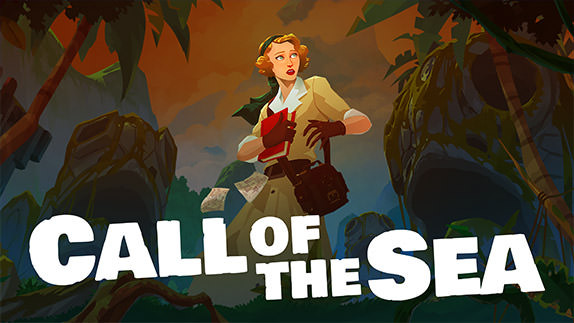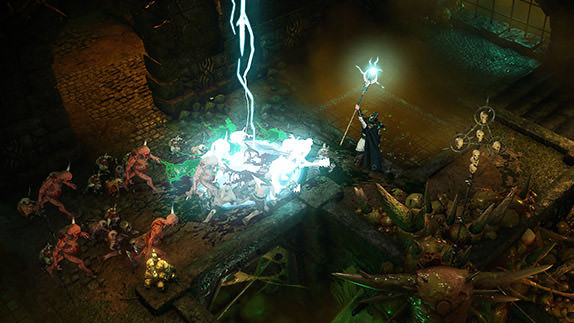Shining Resonance Refrain Review

 By Kevin Mitchell | July 9, 2018
By Kevin Mitchell | July 9, 2018
The Shining series can trace its roots back to the days of the Sega Mega Drive, where it began as a first-person dungeon crawler. Over the years, the franchise has released titles across multiple genres, including action-RPGs, turn-based strategy games, and traditional Japanese RPGs. Each game in the series is considered self-contained, meaning each one features an individual standalone story, but subsequent entries tend to reference characters from previous titles. With that said, while the series may not be well known outside of Japan, Sega has ensured that Shining Resonance Refrain, an enhanced port of the Japan-only PlayStation 3 release of Shining Resonance, will be available worldwide. Not to mention, it marks the first time that an entry in the series has made its way onto an Xbox platform.
An enhanced port of a PlayStation 3 title that was never released outside of Japan, Shining Resonance Refrain includes optional English voice-overs and a new way to experience the game's narrative, if you have already played through it. The main menu includes two different options: one to play through the original game as intended, or you can hop into the newly added refrain mode, adding two of the game's antagonists to your party. It's not entirely different but adds a new twist on the experience better left alone until you've completed the original story. The narrative utilizes all the traditional JRPG tropes that you would expect, from an evil overarching empire to betrayal, slightly awkward and shy protagonists, and coming together to overcome the odds.
The game opens as protagonist Yuma is rescued from the evil empire by the princess of Astoria and the Dragoneers. The empire imprisoned Yuma to run experiments on him, as they believed the soul of the Shining Dragon was hidden inside of him—which it is. The game uses a single central city location, Marga, which serves as your base of operations throughout each of the game's eight chapters. It's relatively tiny but allows you to perform any need, such as taking fetch quests from its citizens, purchasing items, taking part in optional conversations or dates with party members, and more.
Combat is quite similar to other current JRPGs, utilizing an action-oriented, free-movement system. The party system consists of four characters that you'll take into battle, with you having direct control over one while issuing basic commands to the rest of your group. You can perform combos using a string of basic attacks or utilize a stronger break attack. These are highly situational, as they can stagger or knock down enemies. You'll have to be conscious of your AP limit for each character, as it is used to perform these actions. To counter this, the game also uses what is called Force abilities, or magical techniques that consume MP instead, allowing you to finish off foes after completely draining your AP from your standard attacks. Every character features their own style of ability, but be warned that they do have some casting time that leaves you vulnerable, even if for a brief second. All of the skills range from offensive and defensive to healing magic. You'll learn new ones as characters level up, which can be swapped in and out at any time.
As you work from a single city location, you'll be trekking through familiar places over and over again, but thankfully as you progress, enemies scale appropriately and new enemies may appear. For the most part, foes are much higher leveled than your party, making it a tad difficult to understand what you can easily defeat and what will give you trouble. Not to mention that as you are controlling a single character, the AI can feel lacking at times. While they will attack and move around the open battlefield, they don't actively avoid boss attacks, which frequently leads to them instantly dying. You do have a trump card, as Yuma can transform into the Shining Dragon, a must for bosses; however, you have a limited amount of AP to use, and if you reach your limit, there is the chance of going berserk, where you lose control, and he can quickly attack the rest of the group.
Instead of looting, finding, or crafting new equipment, character advancement does not follow the traditional JRPG mold. Each character's weapon has a set number of slots that can be filled using colored gems called aspects. These aspects have various effects, such as increasing a character's maximum health, but to truly customize your experience, you will want to alter the "tuning" of the weapons. For example, Yuma's default weapon Vandelhorn uses a heroic rhythm tuning that automatically blocks if you aren't doing anything else, as well as boosting attack by 9% at rank 3. However, switching to sky roar increases your attack speed, but you'll lose the bonus from the previous one. Not only that, but each one needs to be leveled up individually, so your stat bonuses may be quite lower at the start. Hope you enjoy grinding.
Simply Put
Shining Resonance Refrain brings the original Japan-only release to a worldwide audience across multiple platforms. The narrative and combat system are thoroughly enjoyable, but neither stands out when compared to other games in the genre. The Refrain mode inclusion adds a new twist for those who have already played through it, but I was more than happy to play through it again on an Xbox One. There are loads of systems that work in unison, such as forming bonds to create a compelling and cohesive party, as well as the inclusion of optional social aspects. There is also a ton of previous swimsuit DLC for the female cast if you are into that type of thing.
Note: Shining Resonance Refrain was reviewed on Xbox One. A digital copy of the game was provided by the publisher/developer.




